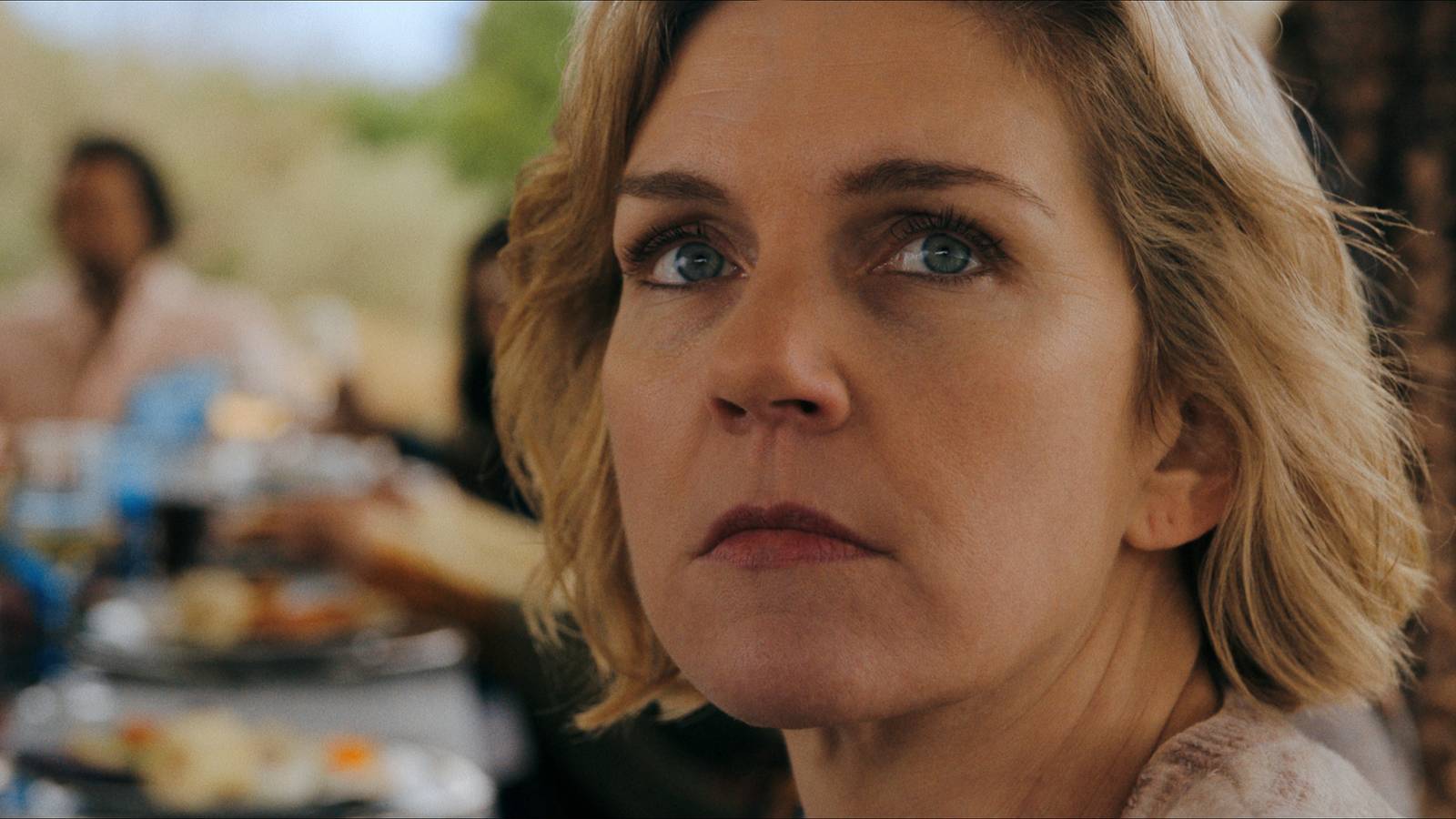Summary
- Spotify is expected to raise U.S. Premium to $12.99/month in early 2026 — a $1 increase.
- The hike aims to show sustained profitability and could boost annual revenue by about $500M.
- Artists and users have left over the founder’s investment, ICE ads, and low payouts, but Spotify still dominates.
Spotify is preparing to raise subscription prices in early 2026, marking the streaming service’s first U.S. price increase since July 2024.
The price hike is expected to be only an extra dollar a month, bringing the monthly cost of a Spotify Premium membership to $12.99. When Spotify debuted in the U.S. 14 years ago, a subscription was $9.99 a month. There’s no word on whether the $1-upcharge will also be applied to the service’s student, duo, or family plans.
The company has raised prices in several other countries recently, including the U.K., Switzerland, and Australia.
Why are prices going up?
According to a Financial Times report, the company is raising prices to show sustained profitability to stockholders — analysts with JPMorgan estimated that a $1-per-month price increase in the U.S. could increase Spotify’s annual revenue by about $500 million. The report attributes the planned hike to three people familiar with the discussions.
Industry pressure is also a factor, as major record labels have been calling on Spotify, Apple Music, and other streaming services to lift prices, arguing current rates lag inflation and undercut what users pay for video platforms such as Netflix.
Spotify’s biggest competitors in the streaming race — Tidal, Apple Music — have individual subscription plans for $10.99 a month. Amazon Music Unlimited costs $11.99 monthly, or $10.99 monthly for Amazon Prime members.

Spotify isn’t perfect, but here’s why I won’t leave it
An imperfect service, but still one I’ve been happy to use for over 13 years.
Rising prices aren’t the only problem with Spotify
Before the planned price hike leaked, many Spotify users were already looking for alternative streaming services for many reasons.
This year, many artists have removed their music from Spotify entirely to boycott company founder Daniel Ek’s investment in the AI military company Helsing. Artists who have pulled from the service include Massive Attack, Sylvan Esso, and King Gizzard And The Lizard Wizard, among many others. Of course, many subscribers left in turn in support.
Others have left Spotify this year after the service came under fire for airing Immigration and Customs Enforcement recruitment ads through an advertising deal with the Department of Homeland Security. A spokesperson for Spotify defended the partnership, saying that it was a part of a larger campaign by the U.S. government and that the ads don’t violate the platform’s advertising policies. At the time, the company reminded users that they can mark an ad with a thumbs up or down to manage advertising preferences.
Other platforms came under the same scrutiny for ICE ads, including HBO Max, ESPN, YouTube, and others.
And, of course, users have always been tuned into concerns over what Spotify pays artists. In January, a report from music-financing platform Duetti found that per-stream payouts for independent artists have begun to stabilize after several years of decline. Even so, Spotify remained at the bottom, paying about $3.00 per 1,000 streams in 2024. By comparison, Amazon Music paid $8.80, Apple Music paid $6.20, and YouTube paid $4.80 per 1,000 streams.
Despite all of these controversies, Spotify is still the dominating music streaming platform.

This was the moment I knew it was time to buy CDs again — and drop Spotify
I hit play on an artist I loved, and Spotify gave me everything except their music.











